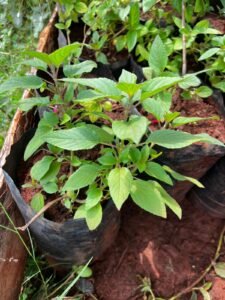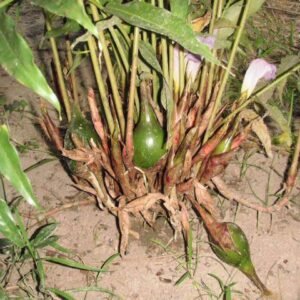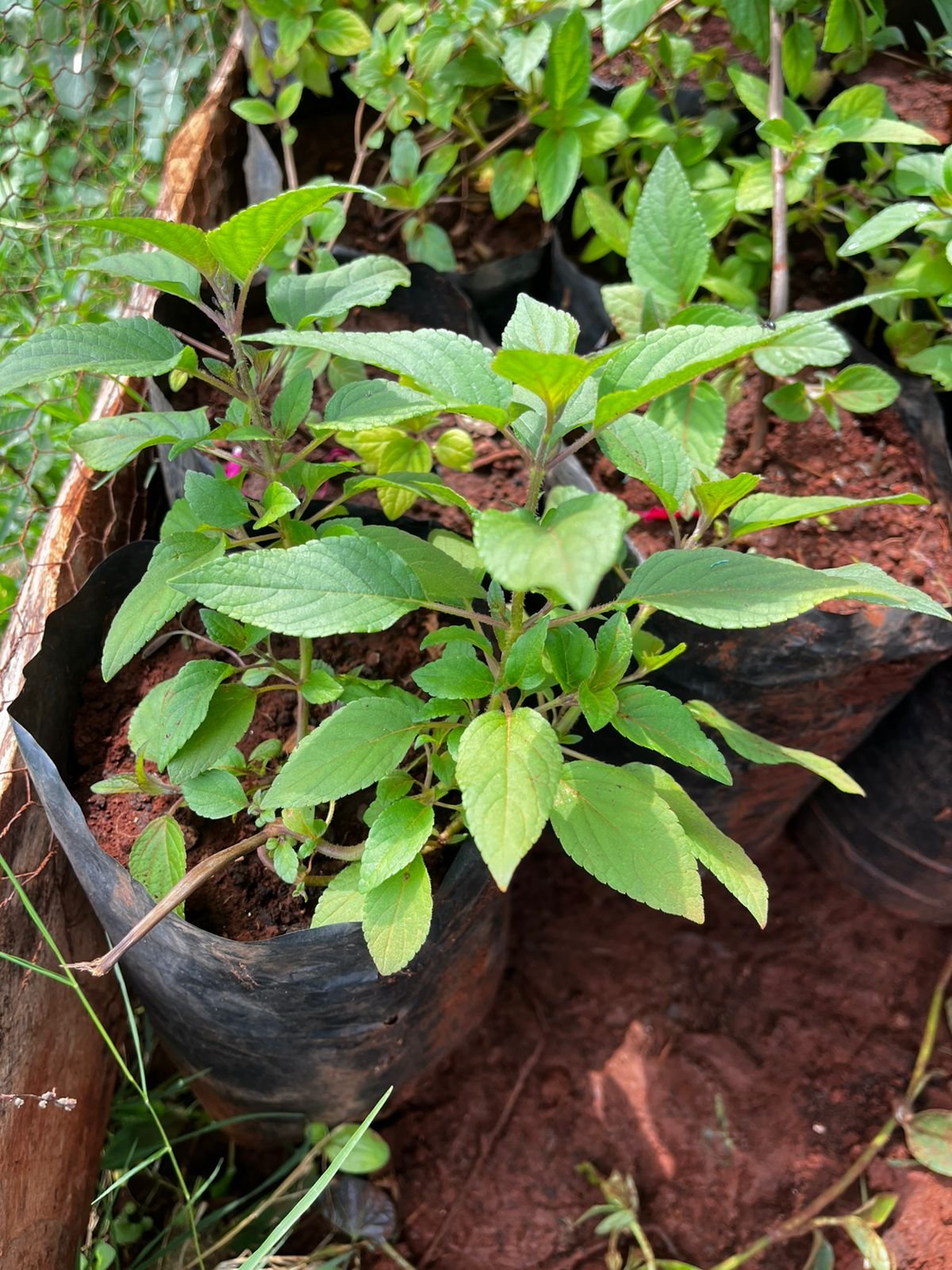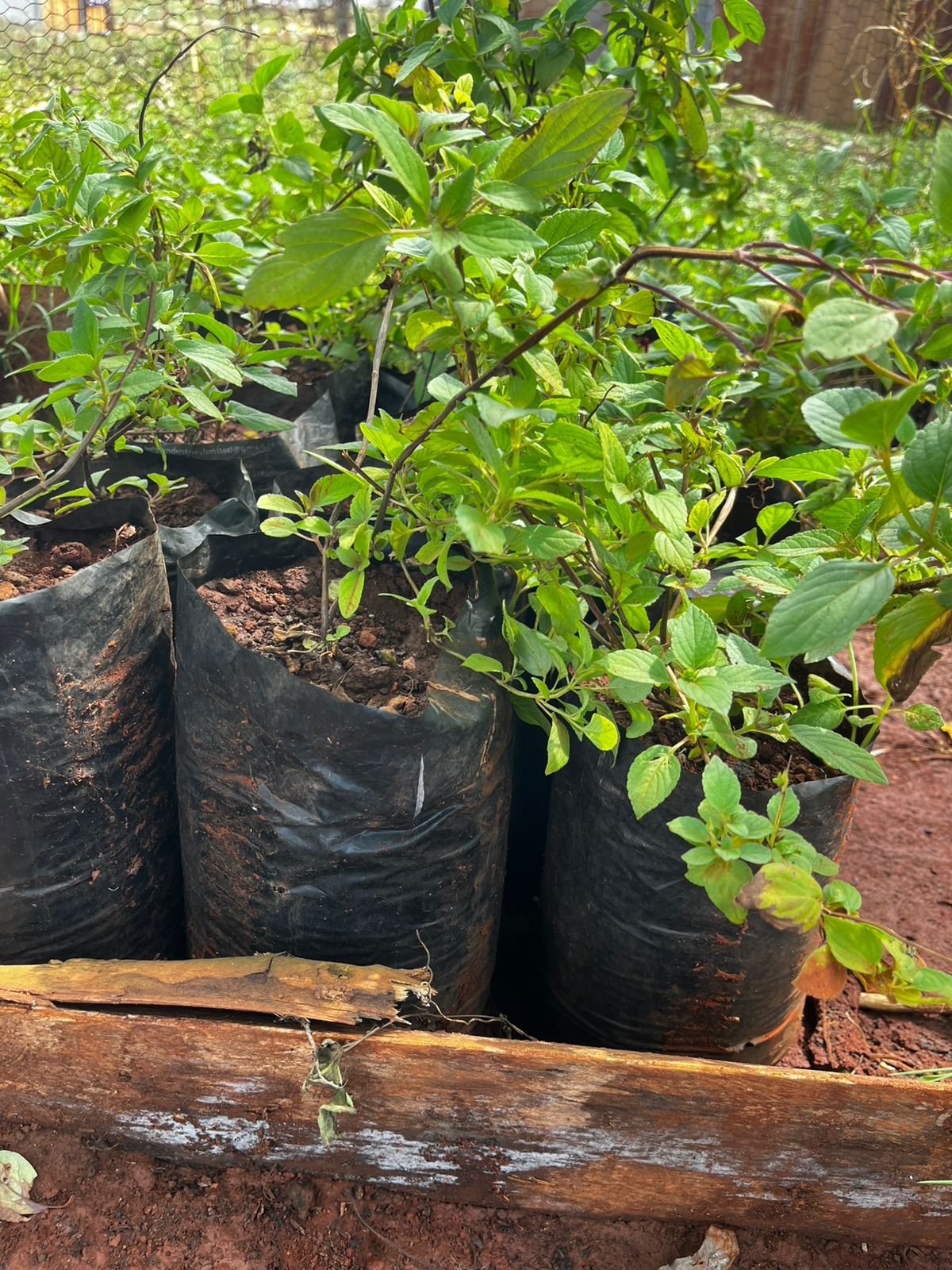Pineapple sage is a frost-tender perennial, so it’s all about getting this plant a warm, sheltered, and sunny spot—especially if you want to appreciate the eye-catching flowers. Because it can grow large (up to 5 feet tall), it might need staking if you don’t keep on top of pruning and pinching.
Pineapple sage is a plant that needs plenty of sun to thrive. Direct, full morning sun with a little light afternoon shade produces great tasting foliage.
The plant adapts to a variety of soils. Fertile, consistently moist soils high in organic matter produce the best results. Pineapple sage won’t do well in soggy conditions, so a free-draining medium is crucial.
Although pineapple sage has some drought tolerance, the foliage starts to wilt and curl up if your plant is too dry. Even moisture throughout the growing season ensures healthy foliage and prevents leaf drop.
After planting, you might need to water several times times a week, moving to weekly once it settles in, depending on your region’s weather and moisture levels. Keep an eye on your plant, and if you notice wilting or curling, that’s a sign you need to increase irrigation.

I bet you’ve already got ideas of your own as to how you’d like to enjoy this bright-bloomed plant in your yard or garden.
Let’s consider some of the many different uses of this plant, just in case you’re looking for inspiration.
Interested in attracting pollinators and beneficial insects as part of your organic gardening strategy? Count pineapple sage as an excellent option to choose from.
Red flowers are hummingbird magnets, so if you’re trying to provide food for visiting or resident hummingbirds, this is a plant you can include on their menu.
And if gardening for wildlife is indeed one of your priorities, since this plant grows quickly, it can fill in while you get more slow-growing native wildflowers like cardinal flower established.
Hummingbirds aren’t the only ones who enjoy these flowers – this herb can also be used as part of a butterfly garden.
And of course, pineapple sage should be included in a fragrant garden or herb garden – that should go without saying!
 Lemon Grass
1 × KSh 250.00
Lemon Grass
1 × KSh 250.00  Grains of Paradise Seedlings
1 × KSh 300.00
Grains of Paradise Seedlings
1 × KSh 300.00  Candyleaf (Stevia) Herb Seedlings
1 × KSh 350.00
Candyleaf (Stevia) Herb Seedlings
1 × KSh 350.00  Moringa Seedlings
1 × KSh 250.00
Moringa Seedlings
1 × KSh 250.00  Chocolate Mint
1 × KSh 150.00
Chocolate Mint
1 × KSh 150.00  Spider Mint
1 × KSh 150.00
Spider Mint
1 × KSh 150.00  Thyme
1 × KSh 150.00
Thyme
1 × KSh 150.00 







There are no reviews yet.